
Promoting the value of national treasures
The My Son E1 altar on display at the Da Nang Museum of Cham Sculpture is always crowded with visitors. This is a unique artifact with sophisticated carvings, depicting the spiritual and social life of the ancient Champa kingdom with carvings of monks, Hindu activities and natural flowers and leaves.
In 1903, the French discovered the My Son E1 Altar at the E1 tower of the My Son relic site (Thu Bon commune). In 1918, the artifact was brought to the Cham Sculpture Museum for display. In 2012, the My Son E1 Altar was recognized by the Prime Minister as a National Treasure (along with the Tra Kieu Altar), becoming the first two national treasures of Cham sculpture.
Da Nang City currently has 19 national treasures being preserved and displayed at 4 locations including the Cham Sculpture Museum (12 artifacts), Quang Nam Museum (3 artifacts), My Son Heritage Site (2 treasures) and 2 treasures owned by Mr. Luong Hoang Long (Xuan Hoa block, Hoi An ward). Many of these treasures, especially artifacts of the Sa Huynh culture, are crafted from very rare gold alloys and agate.
In recent times, bringing national treasures closer to the public has always been a focus of management units. At My Son Temple Complex, where two national treasures, Ekamukhalinga and My Son A10 Altar, are being preserved, visitors can easily see and admire the national treasures at the closest distance.
Mr. Nguyen Cong Khiet, Deputy Director in charge of the My Son World Heritage Management Board, shared that relocating the My Son A10 Altar right at the place of discovery (A10 tower) helps viewers visualize the context and location of the treasure in the overall temple tower complex. Particularly with the Ekamukhalinga treasure, in addition to using technology and QR codes, the My Son World Heritage Management Board is also researching the use of dynamic screens to vividly explain the treasure, helping visitors better understand this national treasure.
Similarly, at the Quang Nam Museum and the Cham Sculpture Museum, the display and introduction of national treasures is also identified as an important factor in attracting visitors. Ms. Le Thi Thu Trang, Director of the Da Nang Cham Sculpture Museum, affirmed that the value of national treasures has contributed to increasing the attractiveness of the destination.
“The work of displaying and introducing national treasures is always carried out scientifically by the unit, with detailed explanations. In particular, through modern technology applications such as multilingual automatic explanations (Vietnamese/English/French); virtual tour application of Cham relics; VR360 Museum tour application integrated on the city's tourism information portal... helps visitors conveniently access and better understand the meaning and value of each national treasure,” Ms. Trang informed.
Strengthening the protection of national treasures
National treasures not only illustrate the outstanding value of cultural heritages in a historical period expressed through images and sculptures, crafts, etc., but also clearly reflect the customs and rituals of ancient people, so protecting national treasures is extremely important.
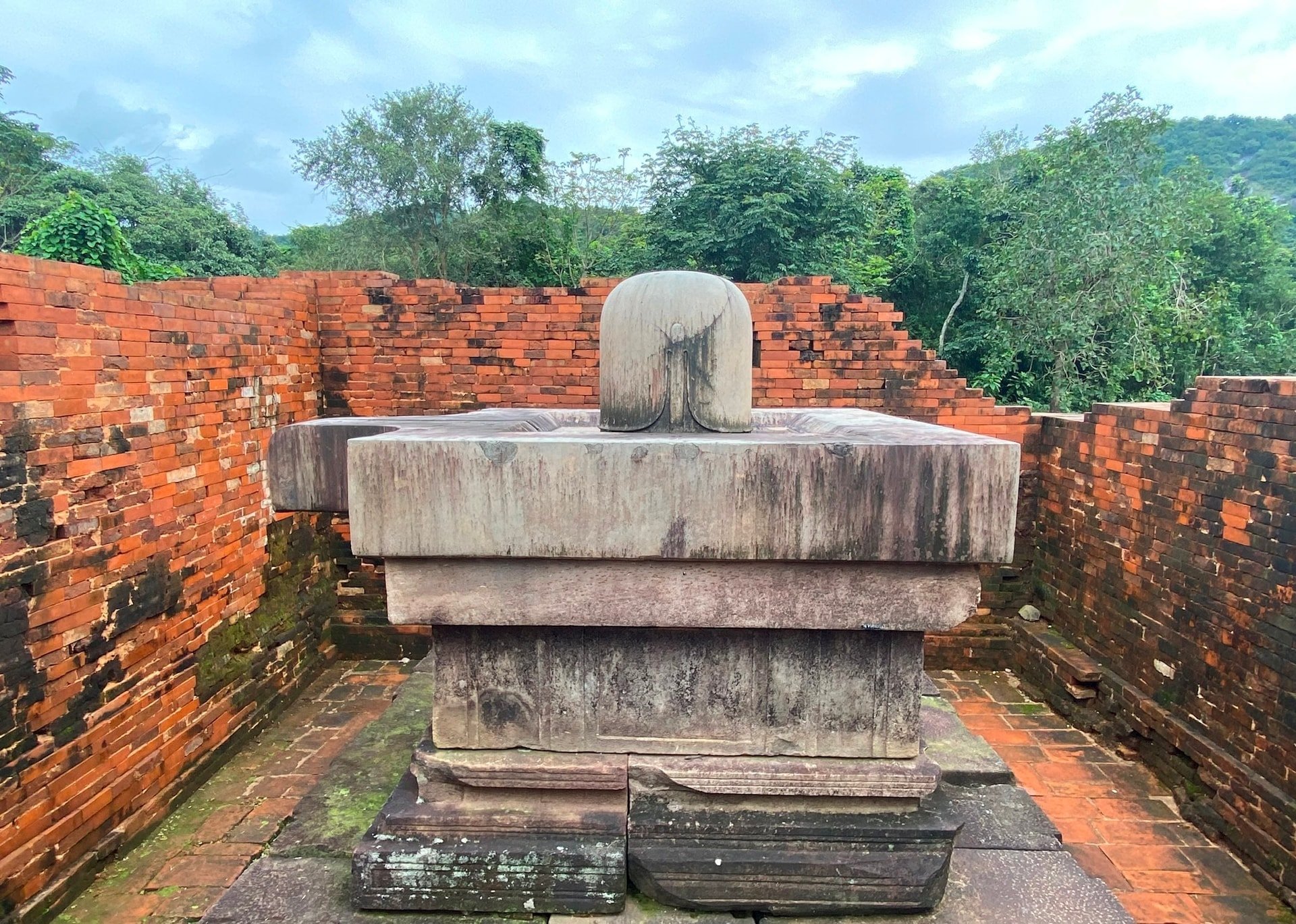
The representative of the leadership of Da Nang Museum (the management unit of Quang Nam Museum) said that due to the lack of conditions for special cabinets and security, the unit currently only displays versions of national treasures (1/1 ratio) made of composite material to serve customers. All original treasures are kept in a warehouse, placed in a safe protected by a layer of foam with silica gel desiccant bags... Every month, the treasures will be checked, preserved, replaced with silica gel and cleaned.
With two national treasures on display at My Son, in addition to strengthening security from afar and promptly preventing acts of direct damage to national treasures, the World Cultural Heritage Management Board also promotes the value of treasures and policies to protect national treasures to the community and tourists; develops plans to prevent natural disasters and risks to treasures.
According to Ms. Le Thi Thu Trang, protecting and promoting the value of national treasures is one of the unit's core and regular tasks. Currently, the museum is digitizing and creating a database of artifacts to serve the work of preservation, restoration, research...
In particular, strictly implement the work of preserving artifacts including periodic preservation, preventive preservation and therapeutic preservation; regularly update the status of treasures in the monitoring records, promptly handle any arising situations that affect the treasures. In addition, install cameras in the areas displaying national treasures and have security guards to monitor and supervise 24/24 hours. Some artifacts in the museum are also installed with glass walls or ropes to create a safe buffer zone between visitors and artifacts, limiting direct contact.
The Cham Sculpture Museum currently preserves over 2,000 artifacts, of which over 400 are regularly displayed, many of which are considered to be eligible for recognition as national treasures. Every year, in addition to a large number of visitors who buy tickets to visit, this place also welcomes over 70 groups of students from home and abroad to learn and research the masterpieces of stone sculpture, especially the national treasures that are displayed and preserved here.
Source: https://baodanang.vn/lan-toa-gia-tri-cac-bao-vat-quoc-gia-3306024.html





![[Photo] Parade to celebrate the 50th anniversary of Laos' National Day](/_next/image?url=https%3A%2F%2Fvphoto.vietnam.vn%2Fthumb%2F1200x675%2Fvietnam%2Fresource%2FIMAGE%2F2025%2F12%2F02%2F1764691918289_ndo_br_0-jpg.webp&w=3840&q=75)

![[Photo] Worshiping the Tuyet Son statue - a nearly 400-year-old treasure at Keo Pagoda](/_next/image?url=https%3A%2F%2Fvphoto.vietnam.vn%2Fthumb%2F1200x675%2Fvietnam%2Fresource%2FIMAGE%2F2025%2F12%2F02%2F1764679323086_ndo_br_tempimageomw0hi-4884-jpg.webp&w=3840&q=75)






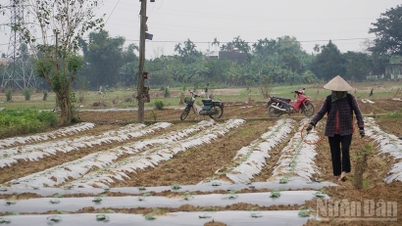
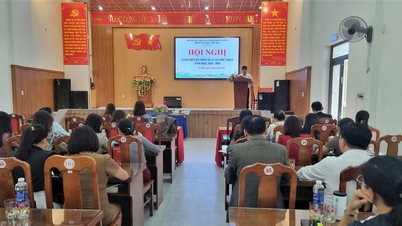
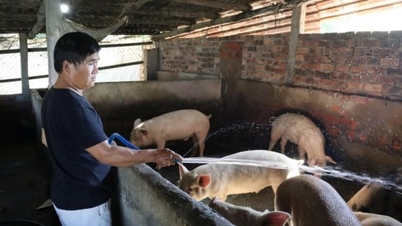

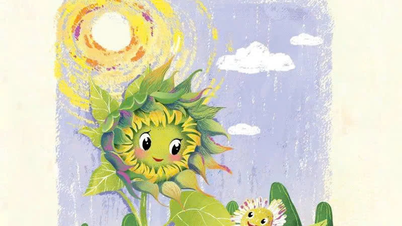

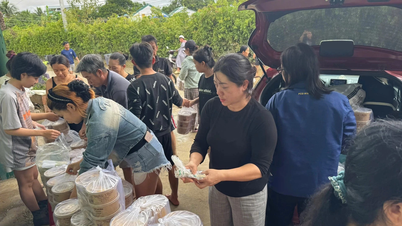
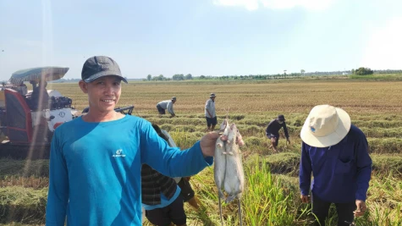

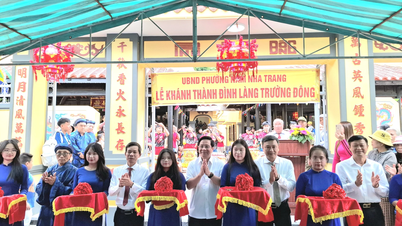







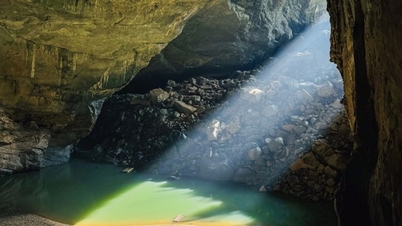


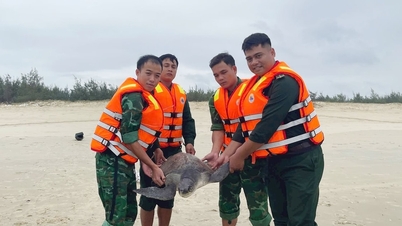
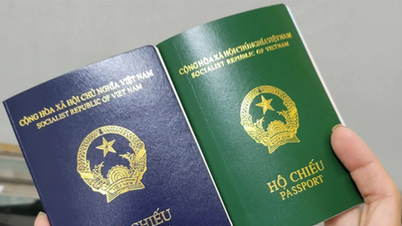
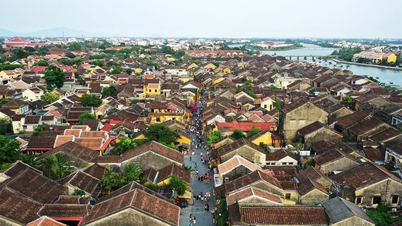
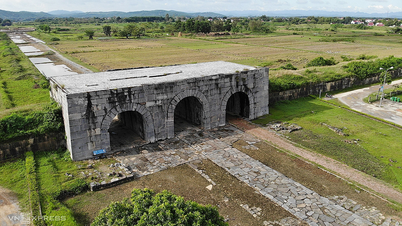





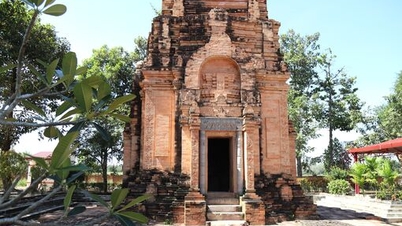

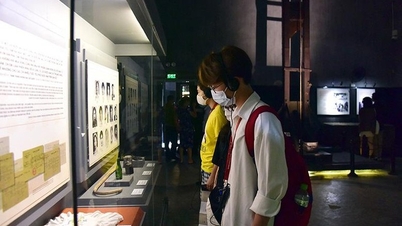
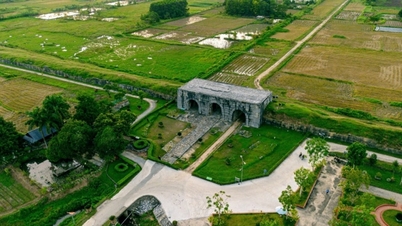

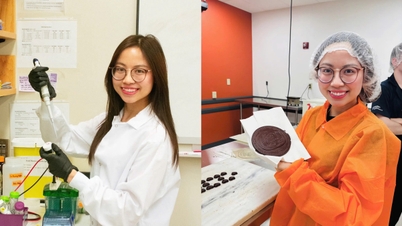


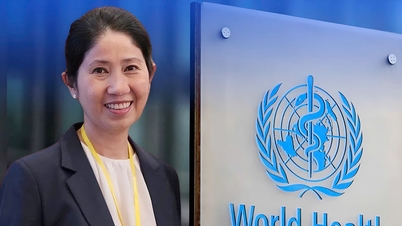




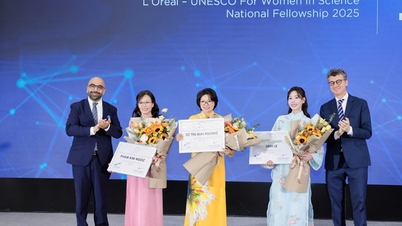








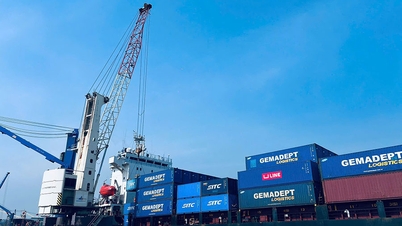















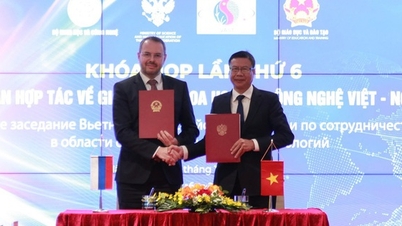
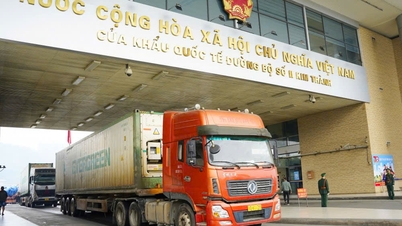



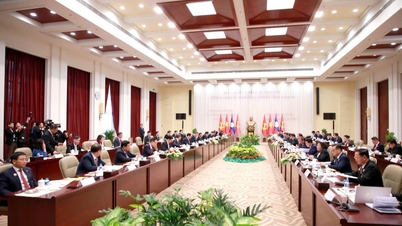

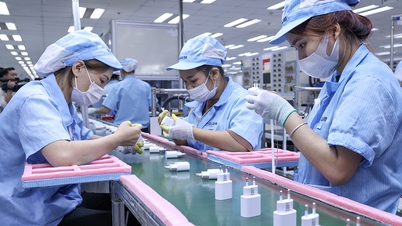
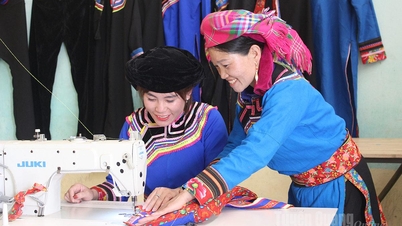














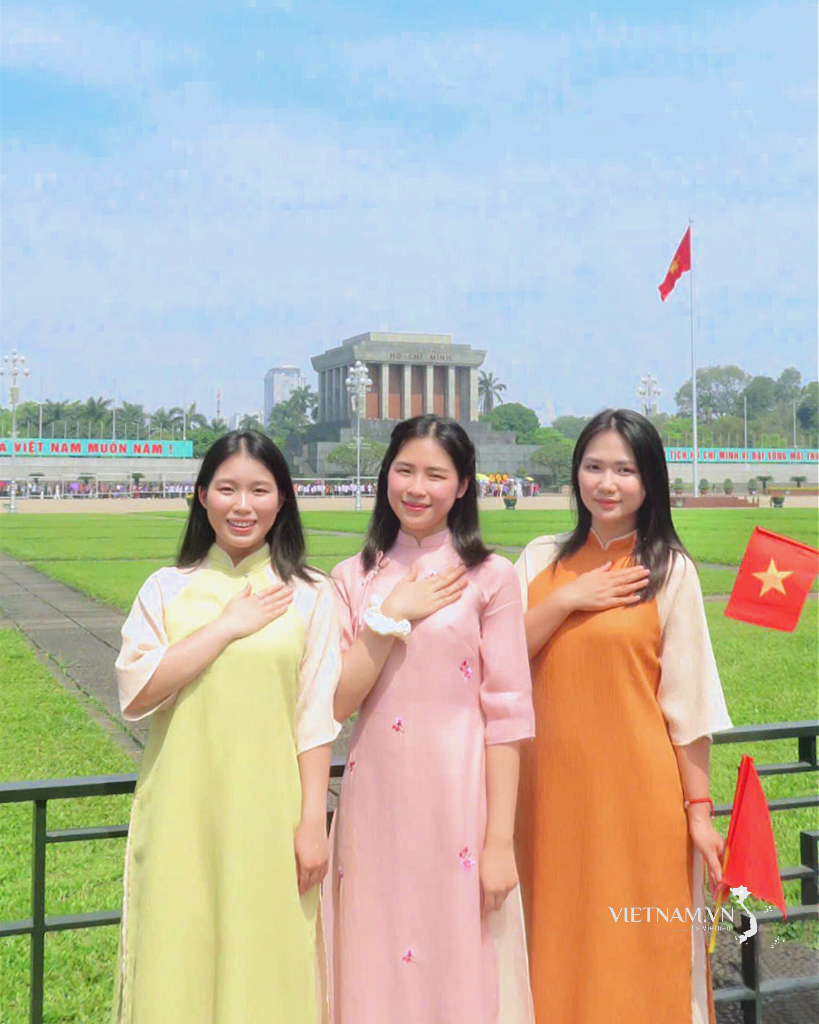
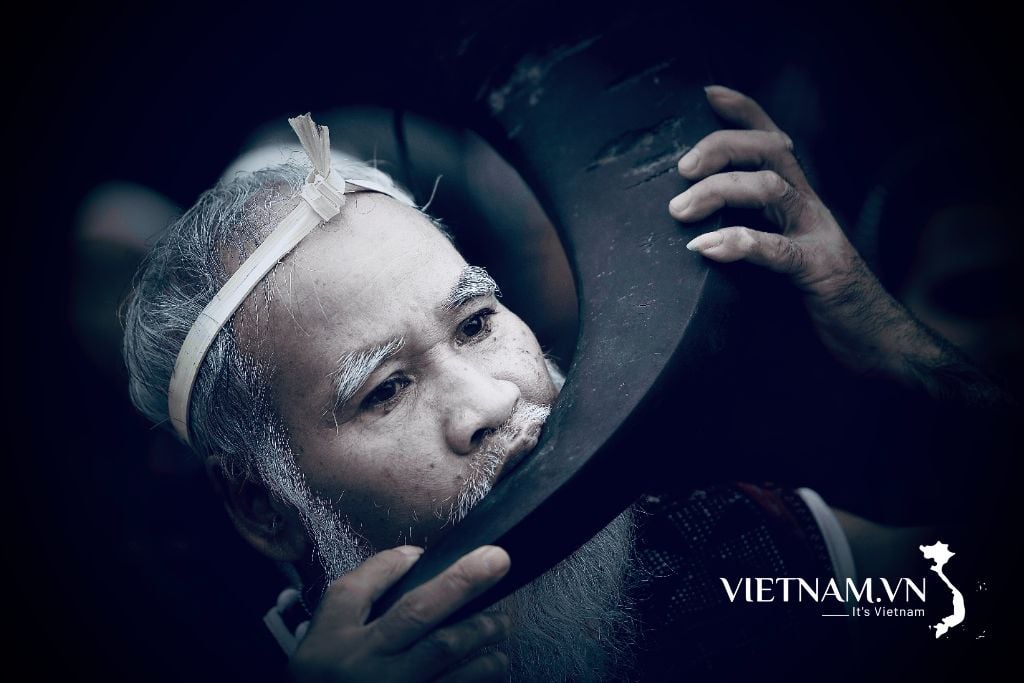

Comment (0)